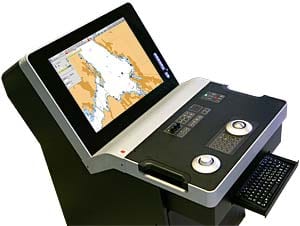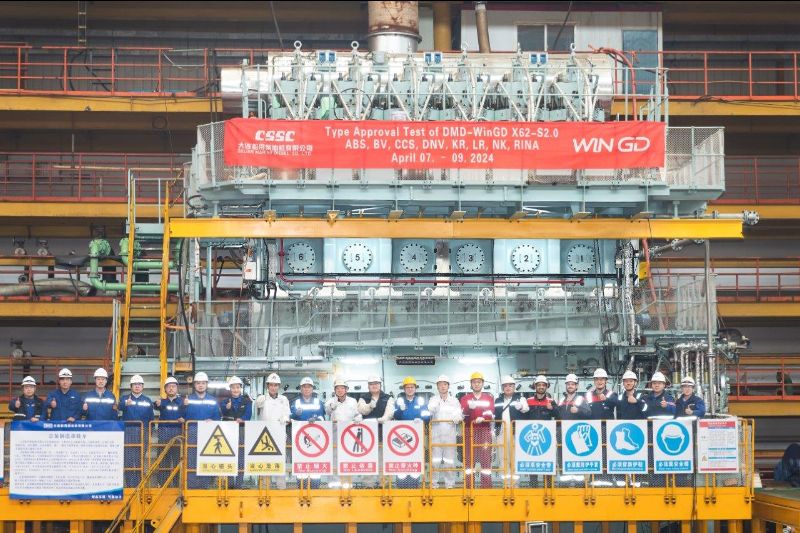AIS-B, Automatic Information System For Boats. A Welcome Change?
We have already proclaimed our love of AIS, the technology that helps watchkeepers identify surrounding vessel traffic, but currently this technology only lets us track large ships. This is about to change. Panbo reports that the USCG has asked the FCC to expedite approval of AIS-B systems for use on boats.
What is AIS-B?
The U.S. Coast Guard says;
Class B (AIS) is nearly identical to the Class A, except the Class B:
- Has a reporting rate less than a Class A (e.g. every 30 sec. when under 14 knots, as opposed to every 10 sec. for Class A)
- Does not transmit the vessel’s IMO number or call sign
- Does not transmit ETA or destination
- Does not transmit navigational status
- Is only required to receive, not transmit, text safety messages
- Is only required to receive, not transmit, application identifiers (binary messages)
- Does not transmit rate of turn information
- Does not transmit maximum present static draught
Got that?
You may have picked up on some Class B chatter over at Navagear or at Panbo questioning how effective these units will be in helping ships avoid small boats. Well Ben Ellison, electronics editor at Power & Motoryacht, Sail Magazine and Panbo.com has some questions for the ProMariner readers of gCaptain. He writes;
The bigger question is how much are they using AIS on their bridges?
Do they have good AIS target displays?
Are the displays getting too crowded as is, i.e. would there be a temptation to filter out Class B targets if they proliferate?
So with the goal of safer inland waterways for all we ask all professional mariners to answer the following poll questions then add your answers to Ben’s questions in our comments section.
Resources:

Subscribe for Daily Maritime Insights
Sign up for gCaptain’s newsletter and never miss an update
— trusted by our 109,158 members

Get The Industry’s Go-To News
Subscribe to gCaptain Daily and stay informed with the latest global maritime and offshore news

 Join The Club
Join The Club










